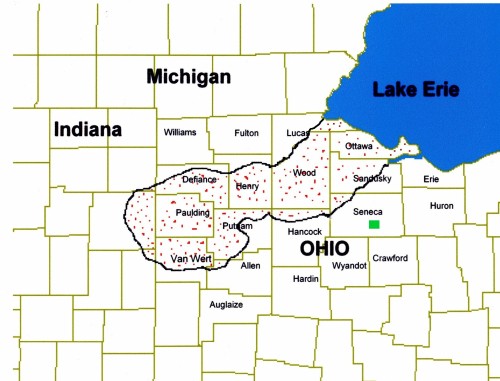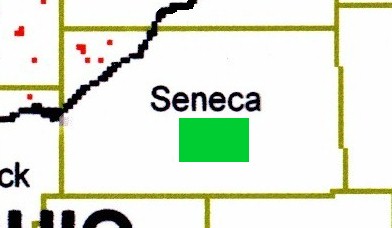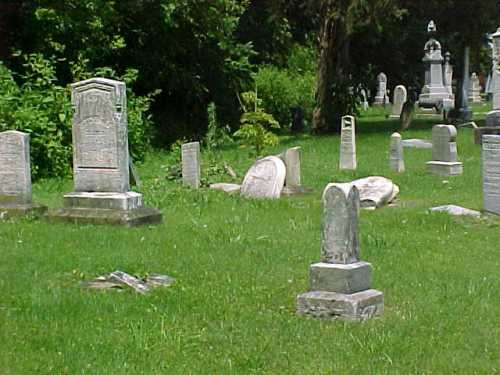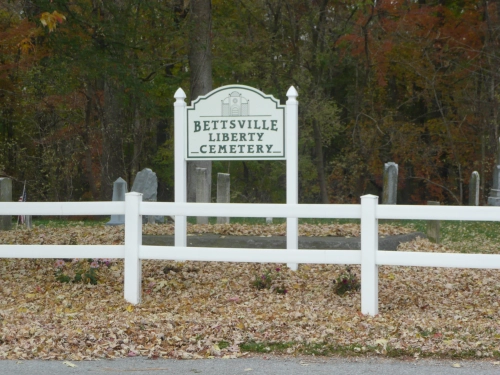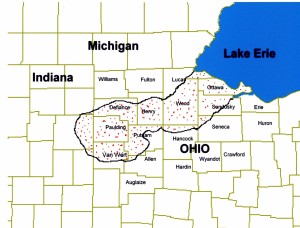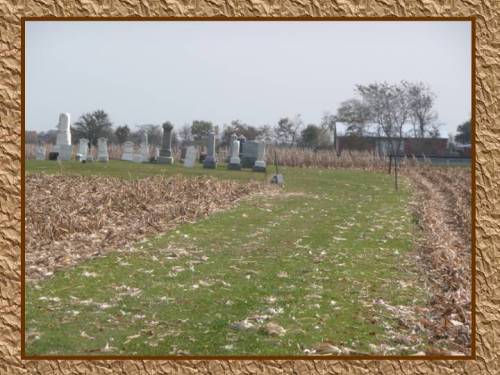
If you came to this posting thanks to my Desktop Genealogist Post “My Seneca County Ohio Roots,” then you know the story of how Feaselburg Cemetery came by its name.
Two brothers, George and Henry Feasel took out land patents in Liberty Township of Seneca County, Ohio in the latter part of 1831. George was first with his patents, with land entry records dated August 12, 1831. Older brother Henry, my third great grandfather, made his land entry on November 14 of that same year.
Both George and Henry had large families, and soon the area was overrun with Feasels, leading to local people calling this part of the township, Feaselburg. The cemetery which sits on the southwestern corner of old George’s original land, kept the Feaselburg name.
Below is an 1865 plat map of a portion of Liberty Twp. showing the location of the various Feasel lands noted by the red dots. The green dot is where the cemetery is located.
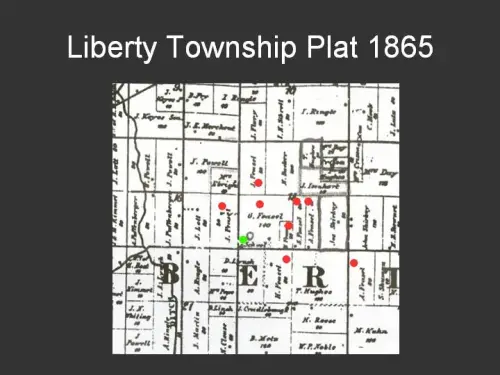
Depending on whether you are driving south from Fremont or north from Tiffin, you can get to Feaselburg Cemetery by driving on State Route 53 until you reach the village of Fort Seneca. Turn west on County Rd. 30 (also known as Feaselburg Road). Drive about two miles on County Road 30 until you get to County Road 11. Turn north, the cemetery will be on the right hand side, just as you cross the railroad tracks.
While the cemetery is located on what was once George Feasel’s land and while there are eight different surnames listed on the markers, you should keep in mind that the cemetery inhabitants revolve around one set of siblings, the Andersons.
The Anderson children were the children of Margaret Scott Anderson and Ezekiel Anderson. Ezekiel died while stationed at Fort Findley during the War of 1812. According to an abstract of the will dated 1813, Margaret was named administrator. The children were listed as,[i] “Mary and Jane Anderson, both over 12 years of age in 1813, chose their mother as their guardian. In 1814, Margaret Anderson and John Edgar were appointed guardians over the other three Anderson children, John, age 9, Esther, age 4 and Margaret, age 2.”
Three of these children, Jane, John and Margaret would eventually settle in Seneca County, and each is buried in Feaselburg Cemetery.
Jane, the eldest of the three, was born August 29, 1802 in Westmoreland County, Pennsylvania and was the wife of George Feasel.
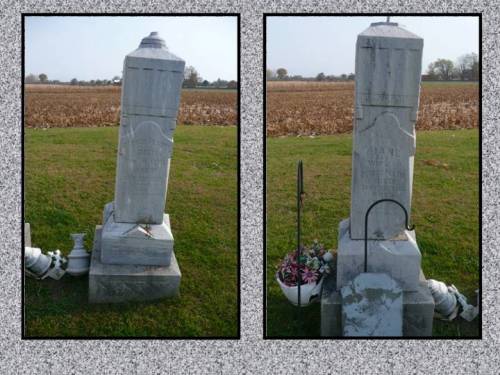
John Anderson, was born March 1, 1806 also in Westmoreland County, Pennsylvania. He married Candacy Chaney and both are buried in Feaselburg Cemetery.

The youngest of the children, Margaret, was born November 12, 1812 in Ohio and was married to Daniel Lynch. You can see on the map above, how close the Lynch land was to George Feasel’s land. Margaret and Daniel are my third great grandparents.
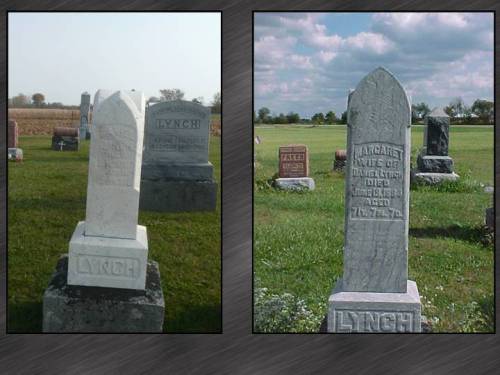
Daniel’s mother, MaMe Linch, is also buried at this cemetery. You can no longer read the inscription but the “MaMe” stems from her name, Martha Mercy Inks Linch. She was still living in Franklin County, Ohio in 1850. Some time between 1850 and 1860, she must have moved north to live with Daniel. Daniel was the only one of her children left living in Ohio after 1850.
Margaret Scott Anderson, mother of the three Anderson children, remarried after the death of her husband Ezekiel. She and her husband, Jacob Isenhart Sr., are also buried in this cemetery. A daughter by this second marriage, Harriet, has her first husband, Adam Yoder, and two of Harriet ‘s children, Oscar and Amanda finding their final rest in Feaselburg Cemetery.

Looking Northeast from the cemetery you can see the sad remains of the George Feasel homestead. And while it is a sad reminder of times past, there is comfort in the fact that the cemetery, located on the southwest corner of what was once George Feasel’s land, still remains a quiet, well-maintained momento of this once close-knit family.
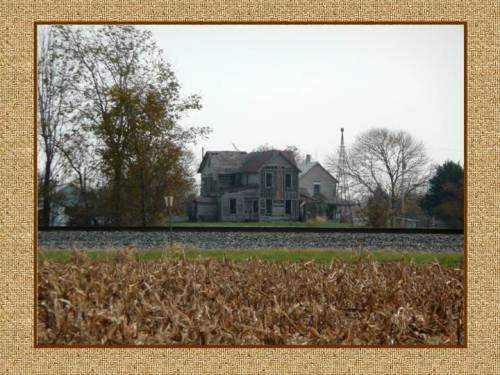
[i] Abstracted Wills 1805 -1831 From Franklin County, Ohio Court Records with Genealogical Notes, compiled by Blanche Tipton Rngs and Mrs. Francis Herbert Obetz and edited by Margaret Hiles Scott, 1982m The Franklin County Genealogical Society.
